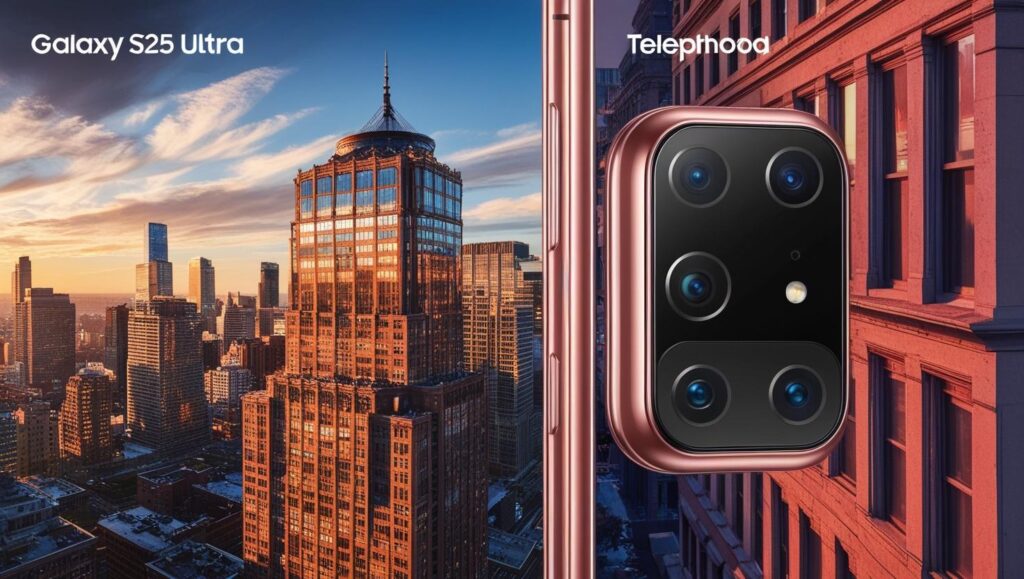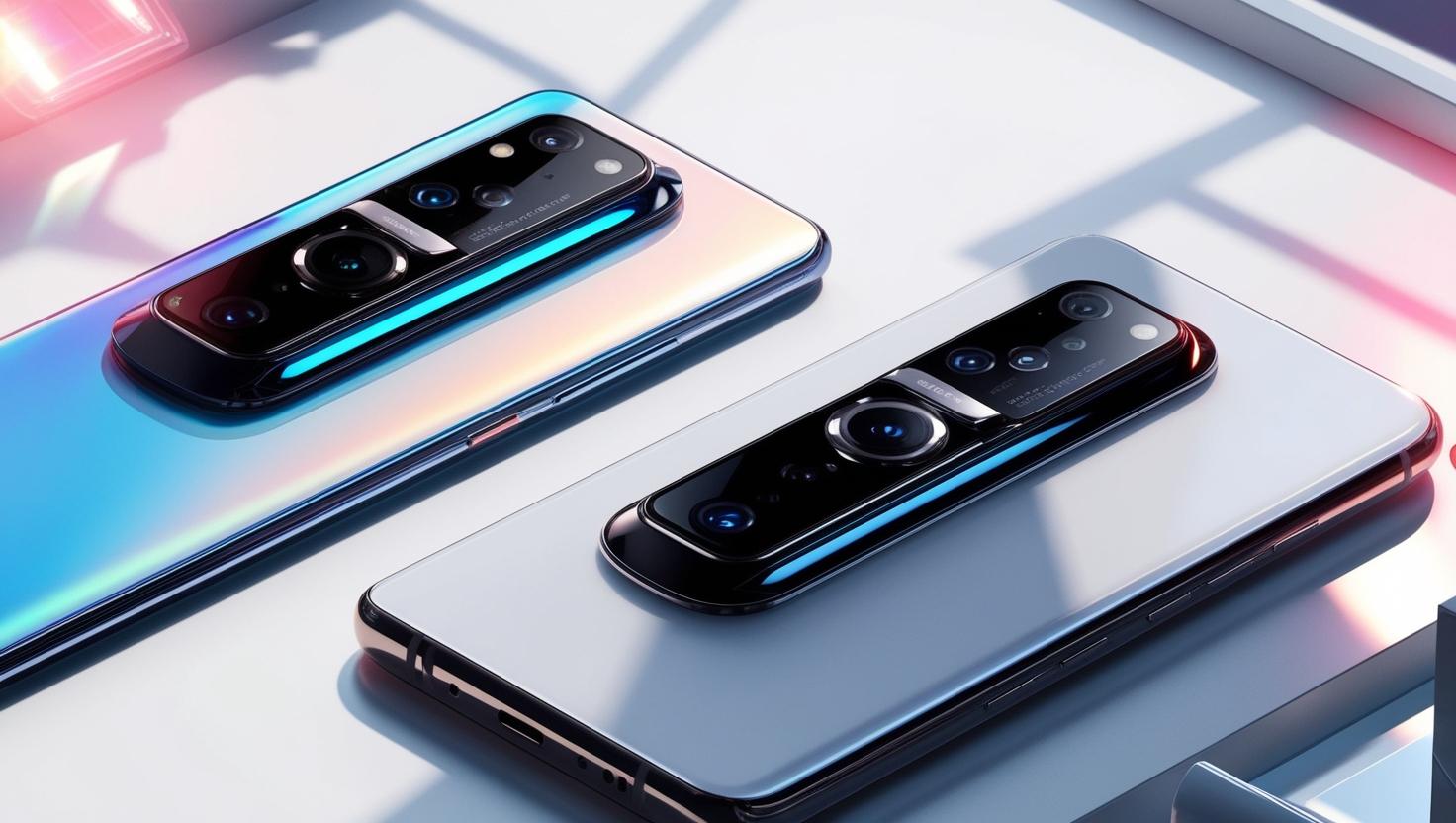It’s April 2025, and if you’re looking for a new flagship smartphone, chances are the camera system is high on your priority list. The “camera wars” between the big players are fiercer than ever, with each new generation promising groundbreaking photos and videos. This year, the main contenders – Apple’s iPhone 16 series, Samsung’s Galaxy S25 line, and Google’s Pixel 9 family – are all pushing the boundaries in different ways.
But beyond the marketing buzz and megapixel counts, which phone actually takes the best photos for you? Let’s break down the strengths of the latest top-tier models.
Apple iPhone 16 Pro / Pro Max: Consistency, Video Prowess, and Natural Tones
Apple continues its reign of consistency and user-friendliness, but with some notable upgrades for 2025.
- What’s Hot: The iPhone 16 Pro models (both sizes now thankfully sharing the same core camera specs, including the 5x telephoto) boast improved sensors, particularly a new 48MP ultra-wide lens that significantly enhances low-light performance and enables sharper macro shots. Video remains a standout strength, with smooth stabilization, excellent dynamic range, and features like ProRes for pro users. The new physical “Camera Control” button adds a welcome tactile element for quick adjustments. Apple’s processing generally leans towards natural, true-to-life colours, which many photographers appreciate. Apple Intelligence also brings some useful (though perhaps less dramatic than competitors) AI editing features.
- Who’s It For?: Videographers, users deep in the Apple ecosystem, and those who prefer a natural, consistent look straight out of the camera. If you value reliability and top-tier video quality above all else, the iPhone 16 Pro/Max is likely your best bet.
- Potential Downsides: Still lacks a dedicated “Pro” mode in the main camera app for full manual control compared to some rivals. While zoom is improved, it might not match the extreme reach of Samsung.
Samsung Galaxy S25 Ultra: The Zoom King and Feature Powerhouse
Samsung consistently throws the kitchen sink at its cameras, hardware-wise, and the S25 Ultra continues that trend, now amplified by AI.
- What’s Hot: The S25 Ultra retains its impressive multi-lens setup, including the headline-grabbing 200MP main sensor and two telephoto lenses (3x and 5x optical), offering incredible versatility and arguably the best zoom performance on the market, reaching usable levels even at very high digital zoom factors. The ultra-wide camera also sees a bump to 50MP this year. Samsung’s “Galaxy AI” features introduced with the S24 series are expanded, offering powerful (if sometimes controversial) editing capabilities like object removal/resizing and generative fill. The screen is exceptionally bright and features an anti-reflective coating.
- Who’s It For?: Anyone who values maximum zoom flexibility, loves vibrant (sometimes bordering on saturated) photos, and enjoys tinkering with a vast array of shooting modes and AI editing tools. If having the most versatile hardware lens setup is key, the S25 Ultra is hard to beat.
- Potential Downsides: Image processing can sometimes be aggressive with sharpening and saturation, which isn’t everyone’s cup of tea. The sheer number of options can be overwhelming for some users. It’s also a large, bulky device.

Google Pixel 9 Pro / Pro XL: Computational Magic and AI Smarts
Google has always relied heavily on its software and computational photography prowess, and the Pixel 9 Pro series (now available in two sizes with the same camera specs) leans into this strength, powered by the Tensor G4 chip and Gemini AI.
- What’s Hot: Pixels are renowned for their point-and-shoot reliability, excellent HDR processing (pulling detail from shadows and highlights), and natural-looking results, especially with skin tones (Real Tone). The 2025 models feature capable hardware (50MP main, 48MP ultrawide, 48MP 5x telephoto), but the real magic lies in the software. Features like Best Take (fixing faces in group shots), Magic Eraser (removing unwanted objects), Photo Unblur, and the new “Add Me” feature (inserting the photographer into group shots) offer genuinely useful AI assistance. Video quality, including Night Sight Video and enhanced zoom, has also seen improvements. The 42MP front camera is arguably best-in-class for selfies.
- Who’s It For?: Users who want fantastic photos with minimal fuss, appreciate industry-leading computational features for editing and fixing shots, and prefer a balanced, often slightly contrasty look. If you love clever AI features that solve common photo problems, the Pixel 9 Pro is likely your champion.
- Potential Downsides: Hardware zoom might not reach Samsung’s extremes. Some users find the processing can occasionally lean too heavily into HDR, flattening contrast in some scenes. Gaming performance might lag slightly behind rivals due to the Tensor chip’s focus on AI.

The Verdict? It Depends on You!
As you can see, there’s no single “best” camera phone in 2025 – it truly depends on your priorities.
- For top-tier video and natural, consistent stills, lean towards the iPhone 16 Pro/Max.
- For unmatched zoom versatility and a feature-packed experience, the Samsung Galaxy S25 Ultra stands out.
- For effortless point-and-shoot brilliance and powerful AI editing tools, the Google Pixel 9 Pro/XL is a top contender.
The great news is that all these flagships deliver incredible results that would have required dedicated cameras just a few years ago. The best advice? Consider what you shoot most often, your preferred editing style, and maybe even head to a store to get a feel for them yourself. Happy shooting!
